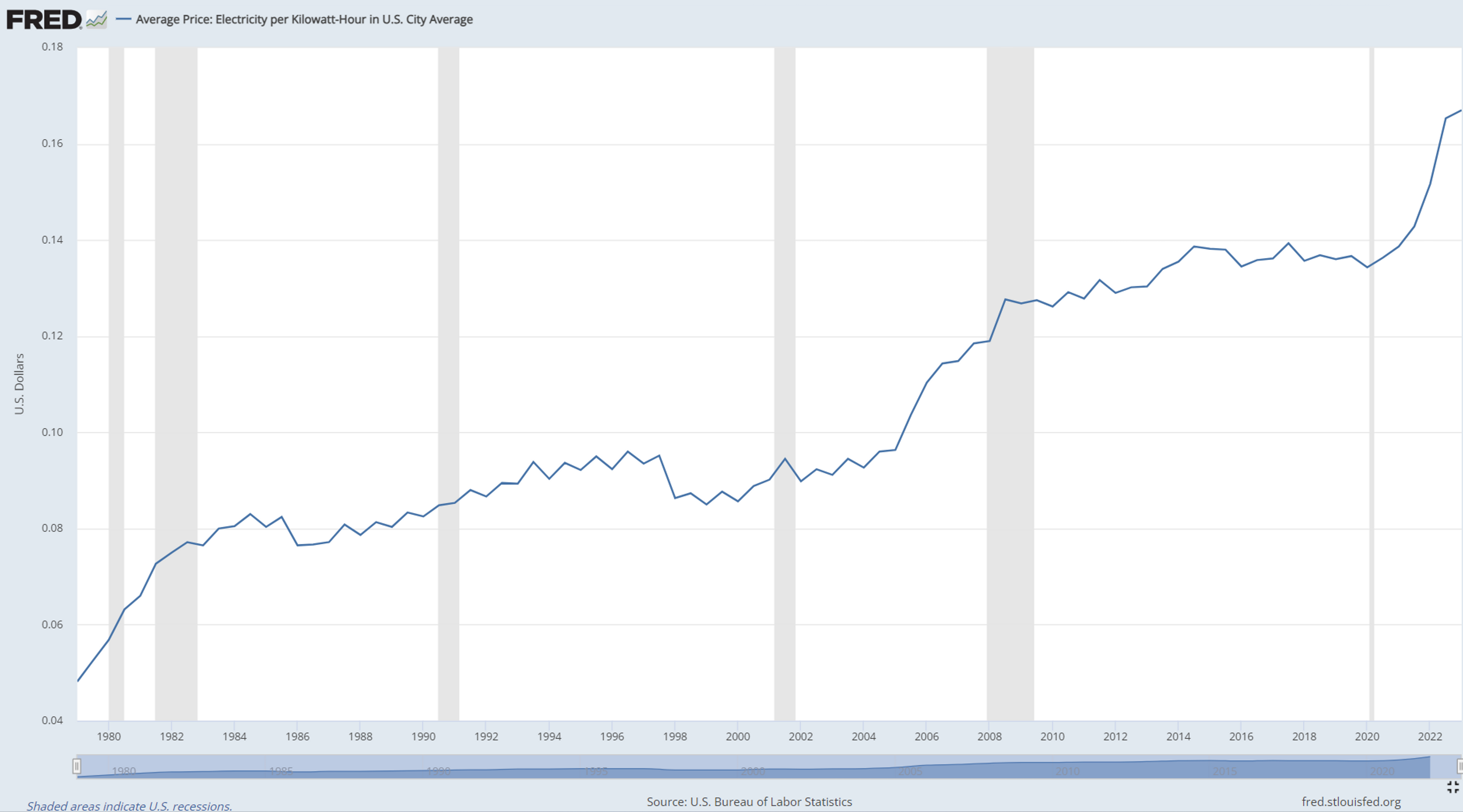The Benefits of HomeGrid's Stack'd Series as Electricity Prices Rise

It may come as no surprise that in recent months and years, homeowners are increasingly looking for ways to reduce their energy costs and achieve energy independence as electricity prices continue to rise. One solution that has gained significant attention is home energy storage, and the HomeGrid Stack'd Series stands out as a robust, scalable, and efficient option.
Why are Electricity Prices Rising?
Electricity prices are rising due to several factors. First, global politics and increased exports have driven up natural gas costs, which fuels over a third of America's electricity. The U.S. Energy Information Administration reports a 19% increase in the spot price for natural gas in July and the foreseeable future. Second, labor shortages and supply constraints are pushing up wages and costs for utility companies. McKinsey & Company notes that increased construction demands are leading to higher costs due to labor shortages. Lastly, the need for a more stable grid and grid upgrades is increasing operational costs for utility companies. As demand grows, especially for electric vehicles, substantial grid upgrades are needed, and these costs often translate into higher electricity prices for consumers.

Average Price: Electricity per kWh in U.S. City Average
The Impact of NEM 3.0
As electricity prices continue to rise, the new net metering program, NEM 3.0, will decrease the savings that rooftop solar users can get by 60%, compared to the current NEM 2.0 program. This makes going solar a more expensive choice, extending the payback period from 5-6 years under NEM 2.0 to 9-10 years under NEM 3.0. It is vital for homeowners to understand the financial implications of this policy change.
HomeGrid's Stack'd Series: A Solution to Rising Electricity Prices
The HomeGrid Stack'd Series offers a solution to these challenges. With one unit having nearly 15 kW of continuous power and a 24 kW surge, this system can handle the needs of an entire home or business. The Stack'd Series battery offers up to 14.4 kW continuous output and up to 24 kW surge. It has a capacity of up to 38.4 kWh per Stack, with a total capacity of up to 576 kWh.
Using the Stack'd Series, homeowners can offset the peak utility rate, usually in the afternoon and evening, by using solar power stored in the battery to save money. The higher the electricity price goes, the more money can be saved by using a home battery.
Long-Term Savings with HomeGrid's Stack'd Series
While the upfront investment for the Stack'd Series might be significant, the long-term savings are substantial. For example, if a homeowner charges the battery during off-peak hours or when there is a solar power surplus, and discharges it during peak hours to supply the whole home, the savings could be significant.
Moreover, with the extra electricity selling back to the grid, homeowners can still earn additional money, even with the large drop in the NEM 3.0 selling price. If selling more than 10 kWh per day, the earning could be more.
Conclusion
The energy supply shortage and the quality of the grid will continue to increase electricity prices, pushing more people to gain energy freedom through solar energy and battery storage. The HomeGrid Stack'd Series with its high capacity and output, offers a robust and reliable energy storage and supply solution, providing long-term savings and other benefits of a green solution.
Learn more about HomeGrid energy management solutions: homegridenergy.com/stackd-series